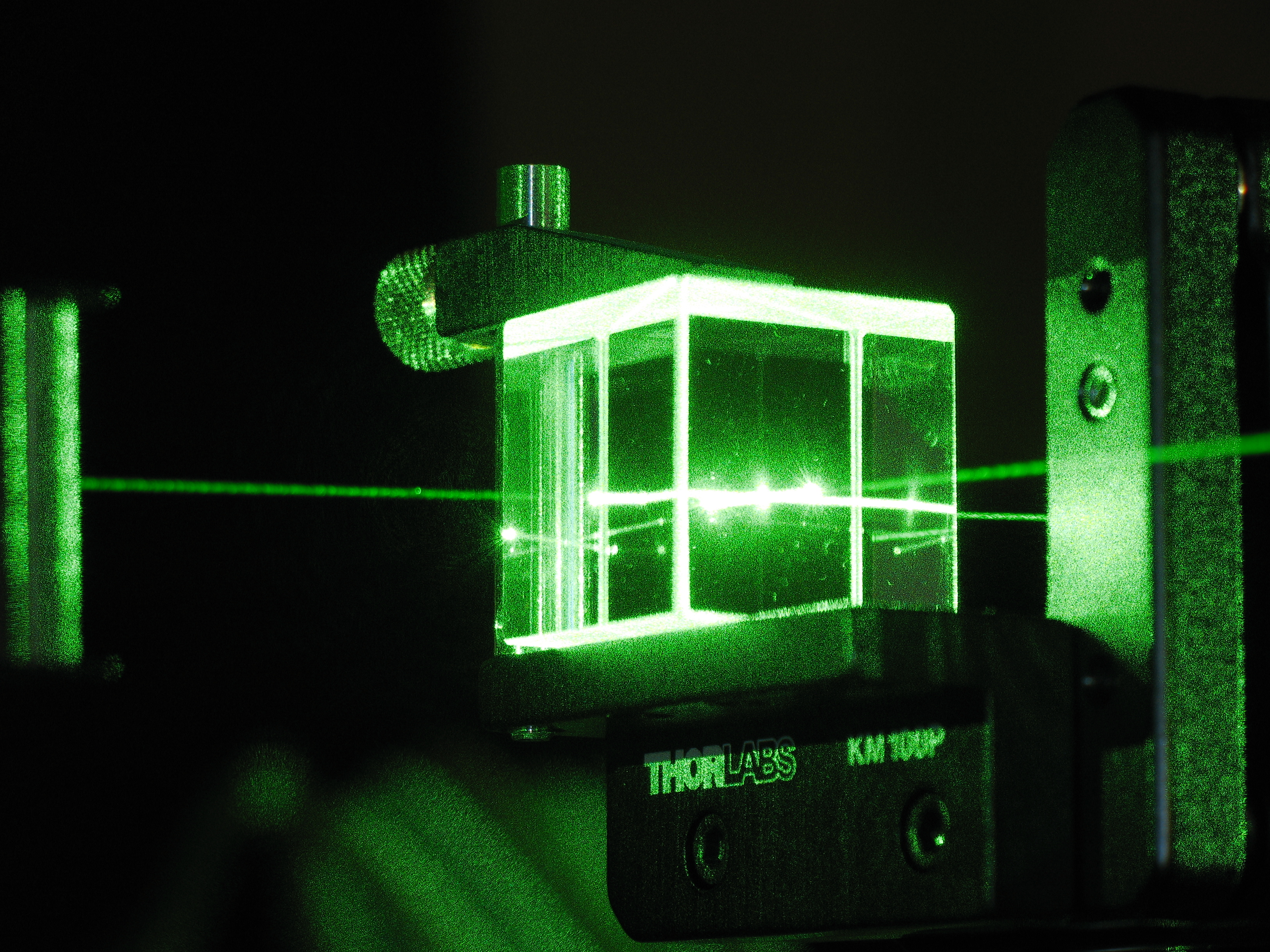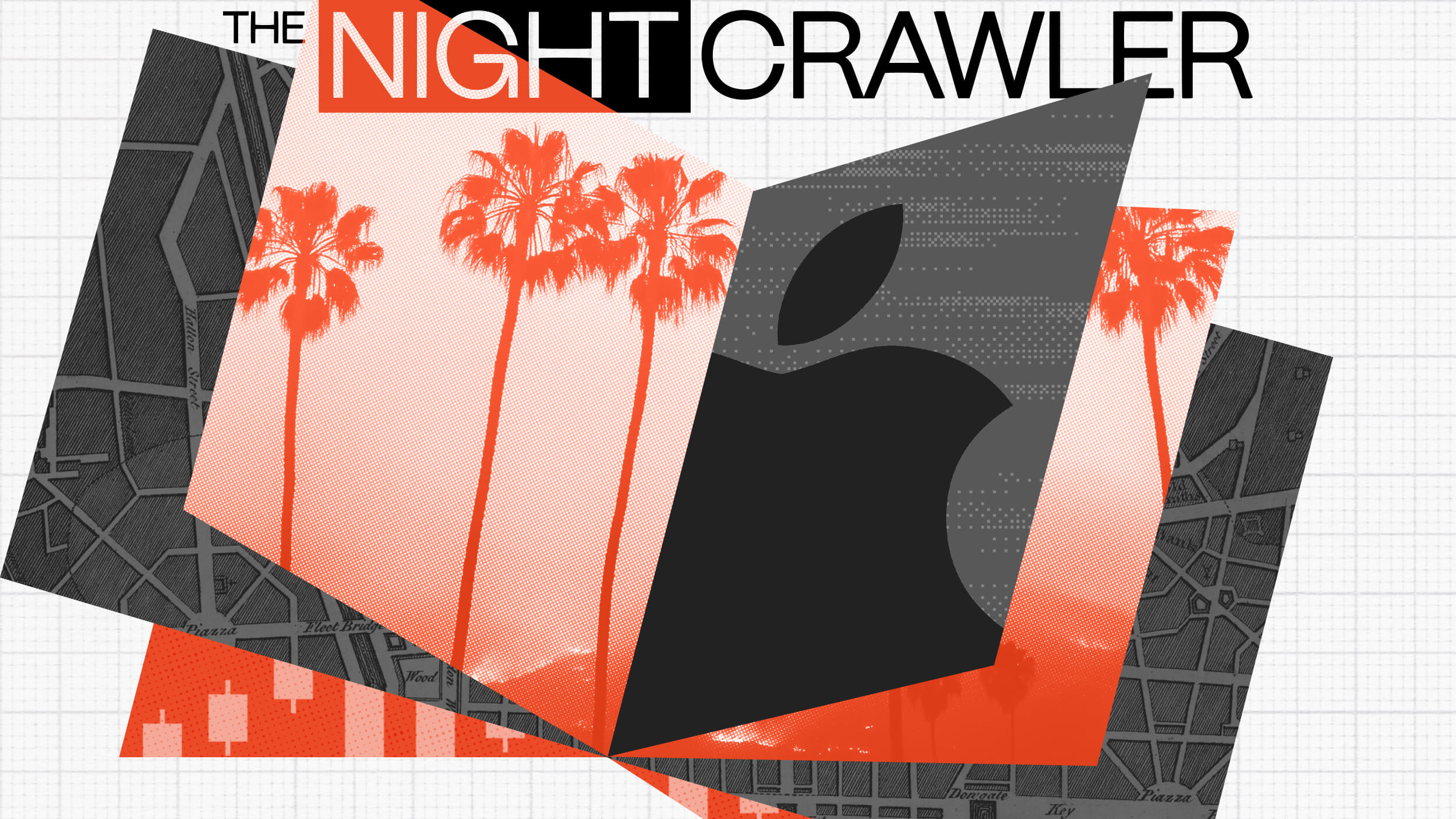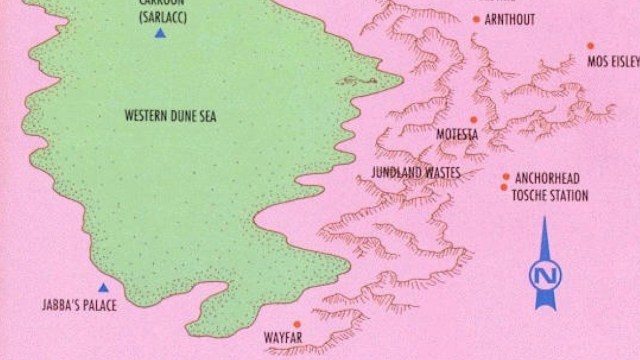47 – The Lost Continent of Mu
A Pacific counterpart to Atlantis, Mu is supposed to have been a large continent in the middle of the ocean and the home of an advanced civilisation, having sunk beneath the waves many thousands of years ago. The civilisation of Mu is said to have influenced both the Chinese and the native American civilisations, and created the mysterious statues on Easter Island. There’s little to no scientific evidence for this theory, which can be classified as a myth of the ‘wishful thinking’ school.
n
The idea of Mu first surfaced in the 19th century, in the writings of French antiquarian, traveler and author Augustus Le Plongeon (1825-1908). He claimed to have translated Mayan texts referring to an ancient continent named Mu. When this continent sank into the ocean, its survivors founded the Mayan civilisation.
n
The Mu idea was popularised in the first half of the 20th century by James Churchward in such speculative books as ‘The Children of Mu’ (1931), ‘The Lost Continent of Mu’ (1933) and ‘The Sacred Symbols of Mu’ (1935). Nowadays, the idea of Mu retains no serious scientific value whatsoever, having been relegated to the sphere of New Age spirituality. In the 1930’s however, Atatürk promoted research on Mu in the hope of establishing connections between Turkey and (other) ancient cultures, even including native American cultures such as Maya and Aztec.
n
Mu is a popular topic in literature, comics, tv, movies and other fiction. It was used by horror writer H.P. Lovecraft in his Cthulhu books, for example. Robert Plant from Led Zeppelin claimed the symbol on the band’s fourth album (a feather in a circle) was a reference to the Mu civilisation. This map was taken from here.
This map was taken from here.
nn





